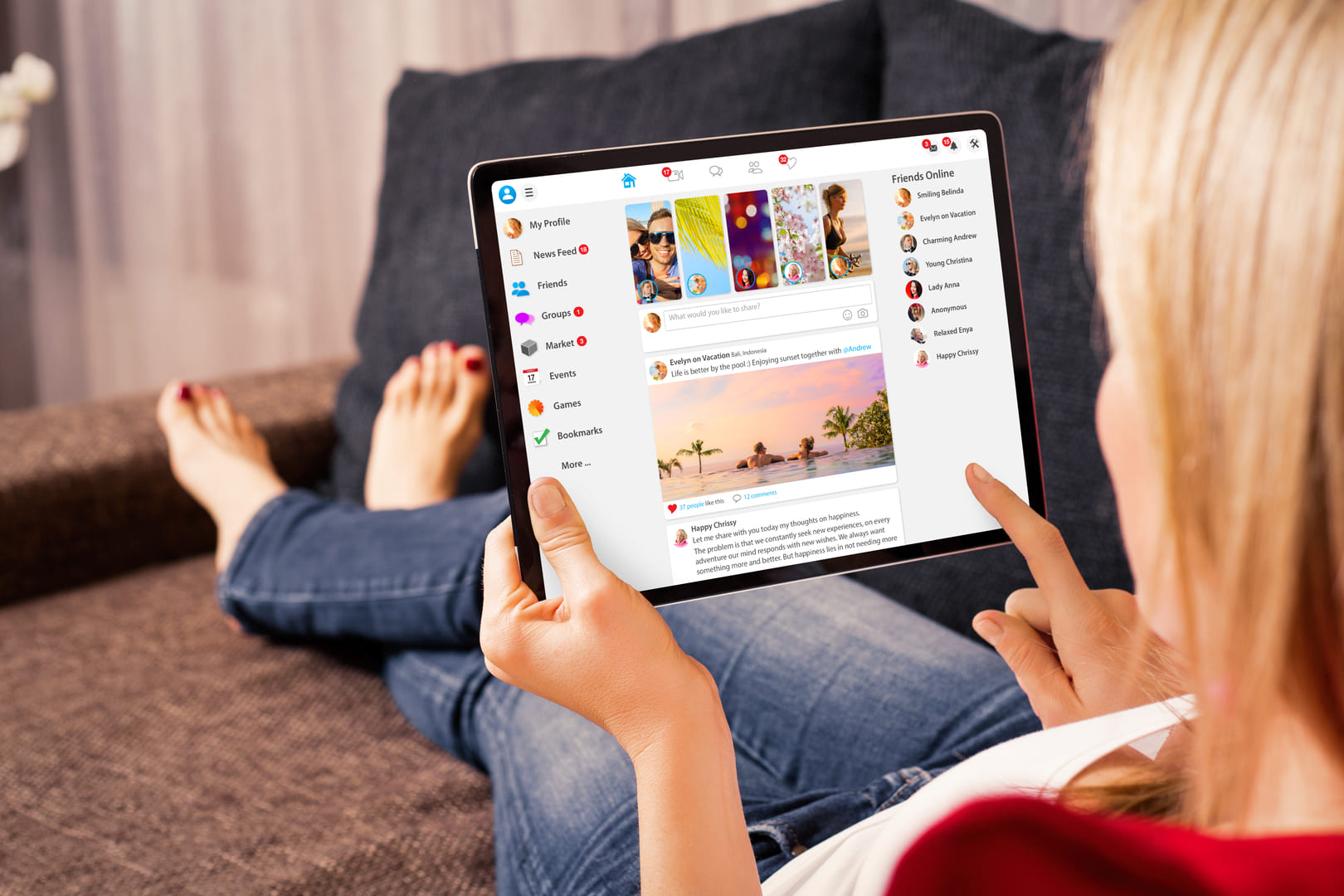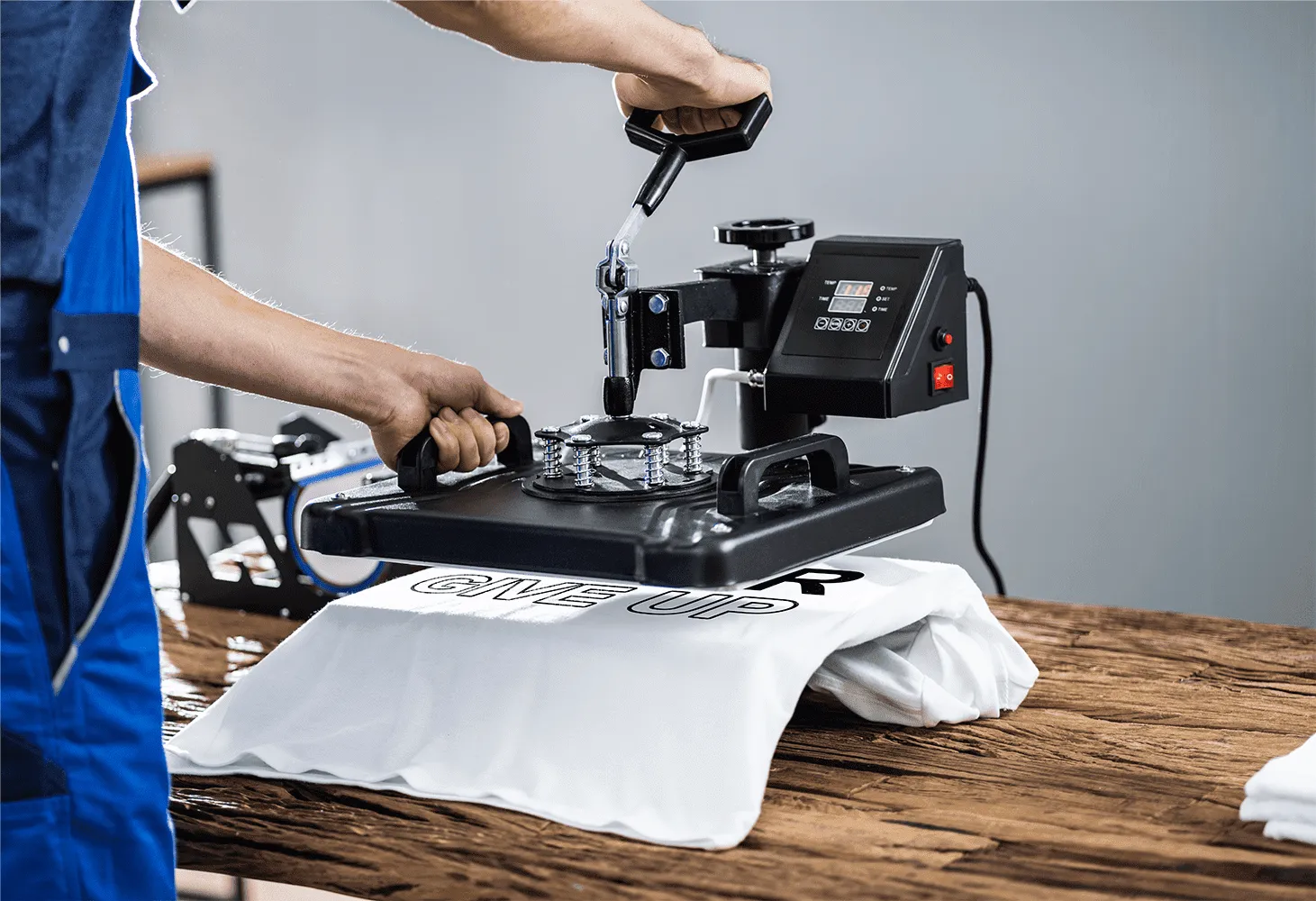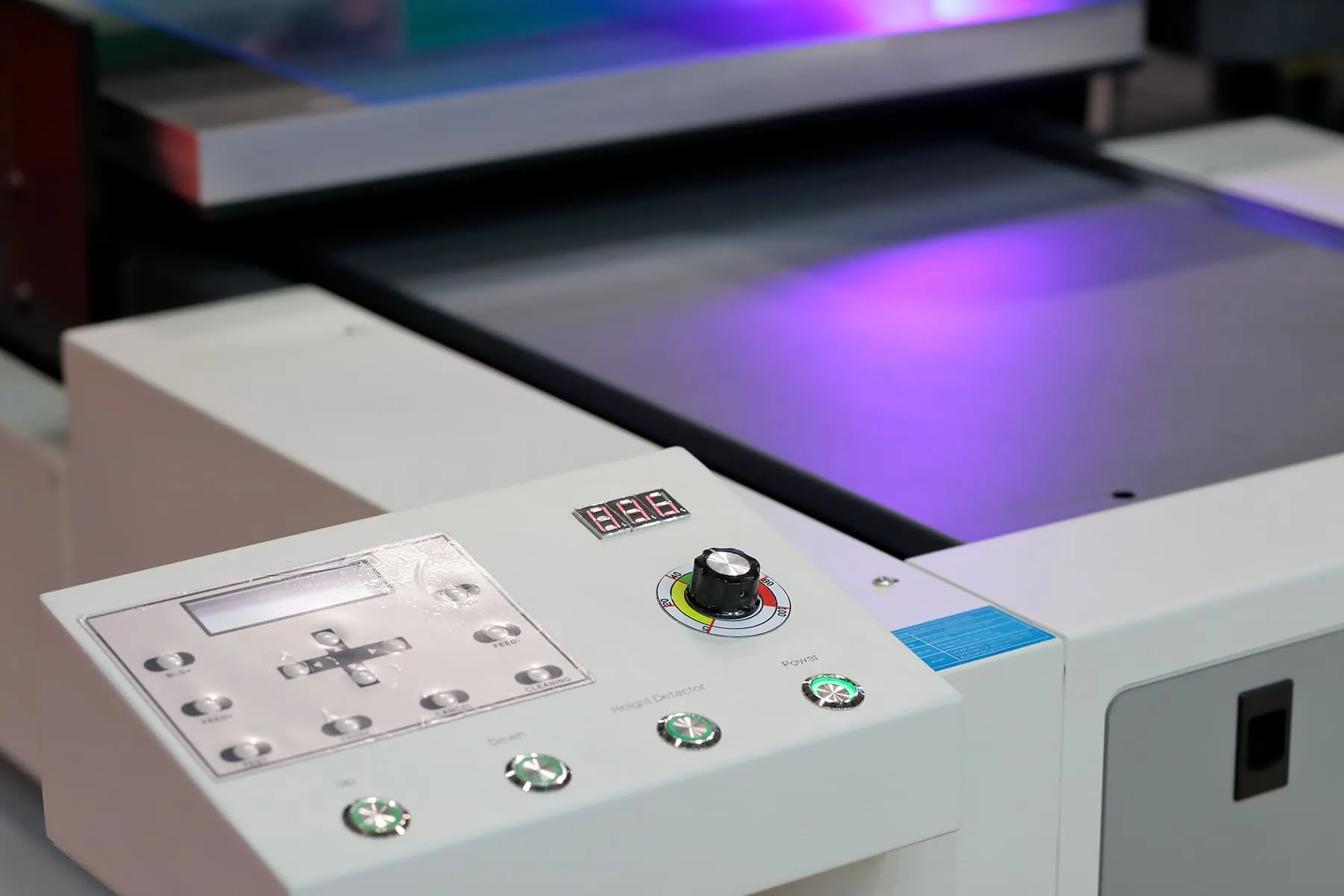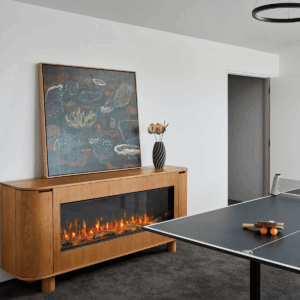Whether you’re running a local shop or an online service, your website serves as the primary touchpoint for many of your potential customers. A well-constructed website enhances customer trust, improves conversion rates, and ensures that you remain competitive. Here’s a breakdown of how effective website design helps bring in customers.
First Impressions Count
Your website often provides the first interaction a customer has with your business. A website that appears outdated or difficult to navigate can drive potential customers away before they even engage with your services or products. A sleek, modern, and responsive design helps create a positive first impression, establishing credibility and trust from the outset.
When a website is poorly designed, customers may associate this lack of professionalism with the quality of your services. On the other hand, a well-thought-out design speaks volumes about your attention to detail and overall competence. In other words, your website is your digital storefront—it needs to look and perform as well as your physical space, if not better.
User Experience (UX) and Customer Engagement
User experience (UX) is a key element of website design. A site that’s easy to navigate, intuitive, and user-focused ensures that customers can find what they’re looking for with minimal effort. This can drastically reduce bounce rates (the percentage of visitors who leave after viewing only one page) and increase the likelihood that users will stay, explore, and ultimately make a purchase or inquiry.
UX design involves elements such as:
- Clear navigation: Customers should be able to move through your site seamlessly.
- Consistent design: A uniform look across all pages helps in reinforcing your brand.
- Actionable prompts: Including strong, clear calls to action (CTAs) can guide users to take the steps you want them to, such as signing up for a newsletter or completing a purchase.
Mobile-Optimised Design
With more users accessing websites via mobile devices, having a site optimised for mobile viewing is critical. A responsive design that adjusts to different screen sizes ensures that your website remains user-friendly regardless of the device used.
Fast Loading Times
Speed is everything when it comes to the web. A slow-loading website will frustrate users and may even cause them to leave before it fully loads. Research shows that nearly half of web users expect a site to load in two seconds or less, and they tend to abandon a site that doesn’t load within three seconds.
Aesthetic Appeal
While function is a key aspect of web design, aesthetics also play an important role. A visually appealing website can help build an emotional connection with customers. Minimalistic designs, clear typography, and balanced colour schemes can draw attention to the most important content and calls to action.
SEO and Visibility
A great-looking website won’t generate sales if people can’t find it. Search engine optimisation (SEO) needs to be built into your website design from the ground up. This involves more than just adding keywords—it includes structuring your site’s content in a way that search engines can easily crawl and index. Effective use of headings, alt texts for images, optimised content, and meta descriptions all contribute to higher search rankings.
Building Trust Through Security and Transparency
Customers are increasingly concerned about the security of their personal information, especially when they’re sharing sensitive details like credit card numbers or contact information. If your website doesn’t appear secure—such as lacking HTTPS encryption—customers may hesitate to make purchases or fill out forms.
Displaying trust signals like SSL certificates, customer testimonials, and transparent return policies helps in establishing your business as reliable and trustworthy.
Tailored Design for Target Audiences
One of the most significant ways website design can bring in customers is by catering to specific audience preferences. Not all businesses target the same demographic, and website design needs to reflect that. For example, a tech-focused business might use a modern, edgy design, while a legal firm might prefer a more conservative, professional layout.
Continuous Optimisation
A website is never truly finished. It needs to be continuously monitored and optimised to ensure that it’s meeting business goals. Conversion rate optimisation (CRO) techniques, such as A/B testing different layouts or CTA buttons, allow you to make data-driven decisions that can significantly improve the site’s performance over time.
Conclusion
A well-designed website does more than look good—it serves as a powerful tool for attracting, engaging, and converting visitors into customers. By focusing on user experience, mobile optimisation, aesthetics, speed, SEO, and security, businesses can significantly enhance their online presence and drive sales growth. When executed correctly, effective website design can transform your website into a revenue-generating asset.













